Reviews
Outback
Ted Kotcheff
Australia, 1971
Credits
Review by Rumsey Taylor
Posted on 03 October 2012
Source Drafthouse Films 35mm print
Categories 31 Days of Horror IX
Tiboonda lies almost imperceptibly somewhere in the Australian Outback, consisting of little more than a train station and an adjacent bar. It is here that John Grant, an unbecomingly handsome intellectual considering the brutish terrain, finds solace before his departure—it is the 26th of December, the start of a much-desired six-week vacation from his stint as a schoolteacher. His sharp khaki suit and aviators further distinguish him from the barren environs, and he sits assertively at a barstool and orders a beer; the bartender doubles the order and drinks with his only customer. Both drink determinedly, for it is a reprieve from the merciless heat and somehow fundamental to the experience of being in this part of the world.
John is from Sydney, seemingly hundreds of miles away from his exotic girlfriend seen in picturesque flashbacks. He adapts to this place with evident reluctance, having been contracted by the government to teach in the remote locale in exchange for a graduate education. When he’s drinking his beer - the first of a considerable many in this film - his aviators do little to obscure his plaintive disregard for the place he as been sent to.
Wake in Fright debuted at Cannes in 1971, announcing a wave of films that would emerge from Australia in the decade’s remainder and assert the country’s presence within world cinema. Nic Roeg’s Walkabout debuted at Cannes the same year, and it shares Wake in Fright’s anthropological aspects: both concern the transposition of an elite member of society within the sinister Outback. But whereas Roeg’s film concerns an Aborigine youth who abstractly becomes the benevolent guide to two well-to-do white children, Ted Kotcheff’s film depicts a venture into a far more malevolent realm. But both films are very much about landscapes vast and uninviting.
From Tiboonda John travels to Bundanyabba - or “The Yabba” - at which he’s to board a plane to Sydney. The location is one markedly more civilized than Tiboonda - John’s able to get a steak with his next beer, for one - but it remains equally foreign. Most everyone John comes across appreciates him for his novelty, and he’s escorted amiably about town prior to his departure. It is populated with hardscrabble, indifferent men who John observes with detachment. They pay John little attention save for a momentary glance, but John is in the presence of a population of them, and his gaze, however desperate for an image of quiet familiarity, may not avert their overwhelming presence.
This is until he has a few more of those beers, which his makeshift host, a sort of sheriff that chaperones him around The Yabba’s yokel nightlife, and the heretofore uninviting pit stop is rendered more a destination. He loses the aviators and khaki jacket and unbuttons his shirt down to his navel in emulation of his newfound compatriots. He is drawn to the sound of a horde of them, in a windowless room at the rear of a drinking establishment, and finds a well-populated game of two-up—a simple gambling game involving a pair of pennies tossed in the air (bets are arranged as to whether they’ll land heads- or tails-up). John is immediately ingratiated into the swarm of commotion and paper money and ably multiplies his earnings. He returns to his hotel room with handfuls of cash and an irrepressible smile, and he hesitates: double-down and he can earn enough to quit his awful teaching gig. The temptation leads him back for another game, and his smile and all of his cash is summarily and devastatingly wrenched away in short order.
John spends much of the remainder of the film on some barstool with his arms folded around another pint—an emblem of pity given to him from philanthropical townsmen, each of whom, you think, has experienced such downtrodden luck. He may not leave this place without some moment of good fortune, and he becomes so resigned to his awful fate that his spirit becomes vulnerably manipulable. He meets another, rather cultured townsmen and is inevitably sympathized with in round after round of beer; before the next evening, he’s at the man’s home, watching him entertain a pair of what is imaginably three of the Outback’s most brutish specimens of masculine posturing. Before all of them is a staggering pile of empty beer cans.
For all its merits as an example of Australian or exploitation cinema, Wake in Fright is above all a serious and appreciable drinking film. Its narrative is effectively one monumentally unfortunate bender, christened in that beer John relishes in Tiboonda, and reaching the moment at which one’s mounting hangover is abetted only by the consumption of more alcohol. For John, this moment is equivocally that pile of beer cans he sees on his second night in The Yabba. In drinking so much he has compromised his only asset in his presupposed intellectual prowess, for he visibly lacks the stature and indigenous swagger of everyone else around him (even the women, might I add, even though the film principally features men). He permits himself to be fully absorbed in their daily curriculum—and it is this, you think, that will give cause to some irreversible harm or violence.
John’s drinking mates insist on taking him to a kangaroo hunt, which is done after dusk and afore the headlights of a speeding car. It careens imprecisely across a rural landscape and stops at a troop of them. The men proceed to massacre them with guns, but this is not all: the injured roos are tended to with a fistfight and a Bowie knife. This scene is almost unwatchably visceral, and however off put John is by these actions he complies when he is commanded to do the same, knife in hand, to an injured joey.
There will be no visible violence done to John, but the experience has an unfortunate effect on him, and this is Wake in Fright’s most daunting aspect: that the hostility of man is demonstrable to the weak and vulnerable. John is coerced to be something he is not, and whatever judgement the viewer may have for his sophomoric actions is superseded by sympathy once his newfound capacity for harm pays visit to his own body.
Wake in Fright opens Friday, October 5th, for a one-week run at Film Forum in New York City.
More 31 Days of Horror IX
-
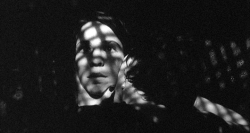
The Addiction
1995 -
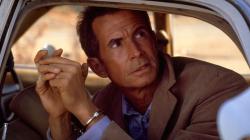
Psycho III
1986 -
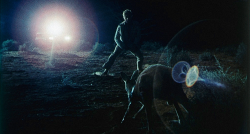
Wake in Fright
1971 -
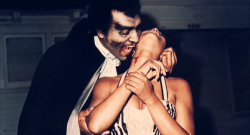
Blacula
1972 -
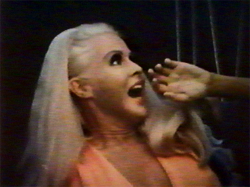
Big Foot
1970 -
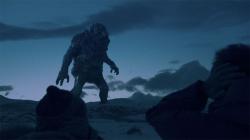
Trollhunter
2010 -
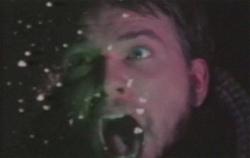
Invasion from Inner Earth
1974 -
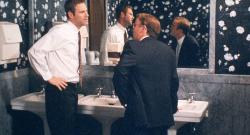
In the Company of Men
1997 -
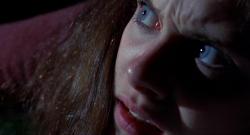
Happy Birthday to Me
1981 -
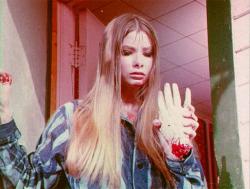
I Drink Your Blood
1970 -
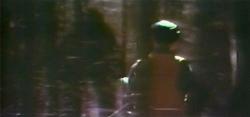
The Legend of Boggy Creek
1972 -
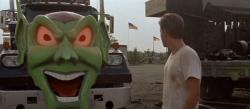
Maximum Overdrive
1986 -
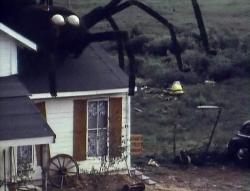
The Giant Spider Invasion
1975 -
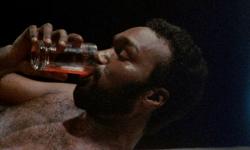
Ganja & Hess
1973 -
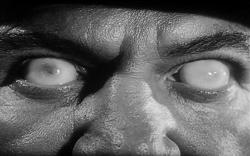
Not of This Earth
1957 -
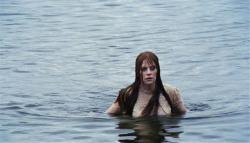
Let’s Scare Jessica to Death
1971 -
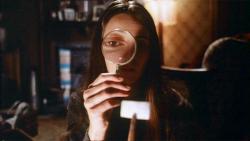
Next of Kin
1982 -
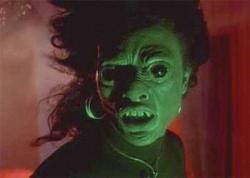
Def by Temptation
1990 -
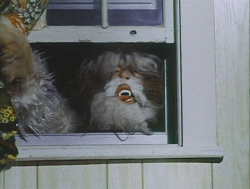
Shriek of the Mutilated
1974 -
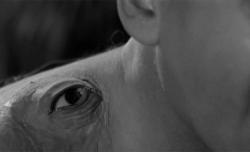
The Manster
1959 -
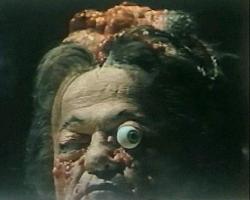
The Alpha Incident
1978 -
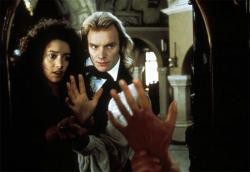
The Bride
1985 -
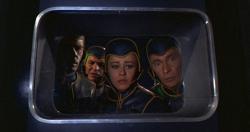
Planet of the Vampires
1965 -
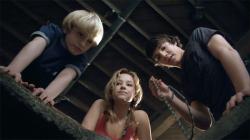
The Hole
2009 -
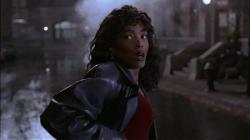
Vampire in Brooklyn
1995 -
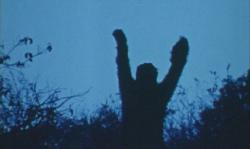
Sasquatch: the Legend of Bigfoot
1977 -
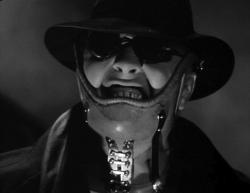
Mad Love
1935 -
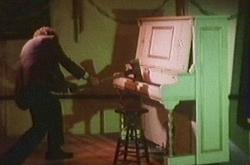
The Demons of Ludlow
1983 -

Habit
1997 -

Elephant
1989 -
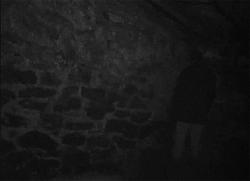
The Blair Witch Project
1999
We don’t do comments anymore, but you may contact us here or find us on Twitter or Facebook.



